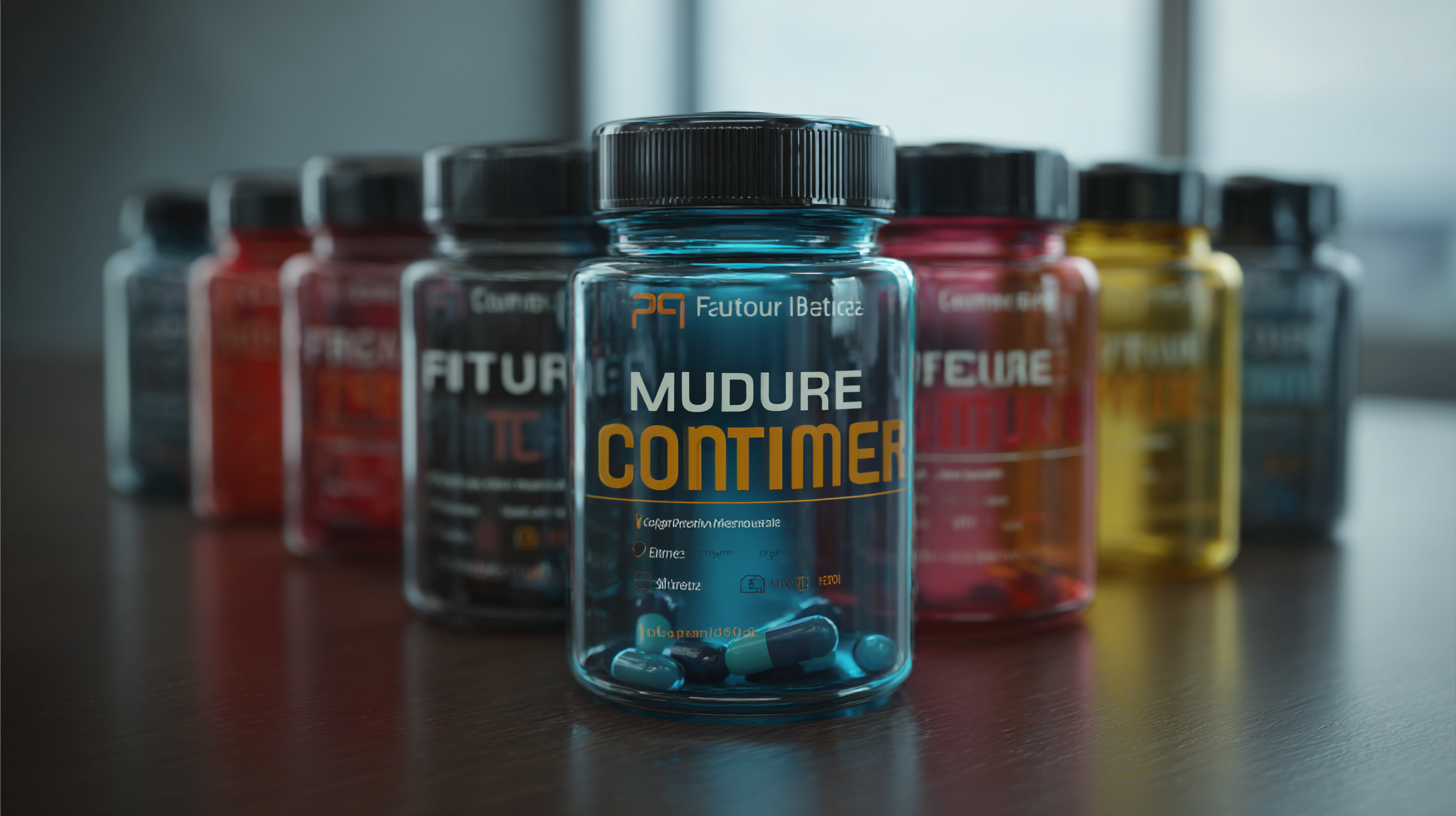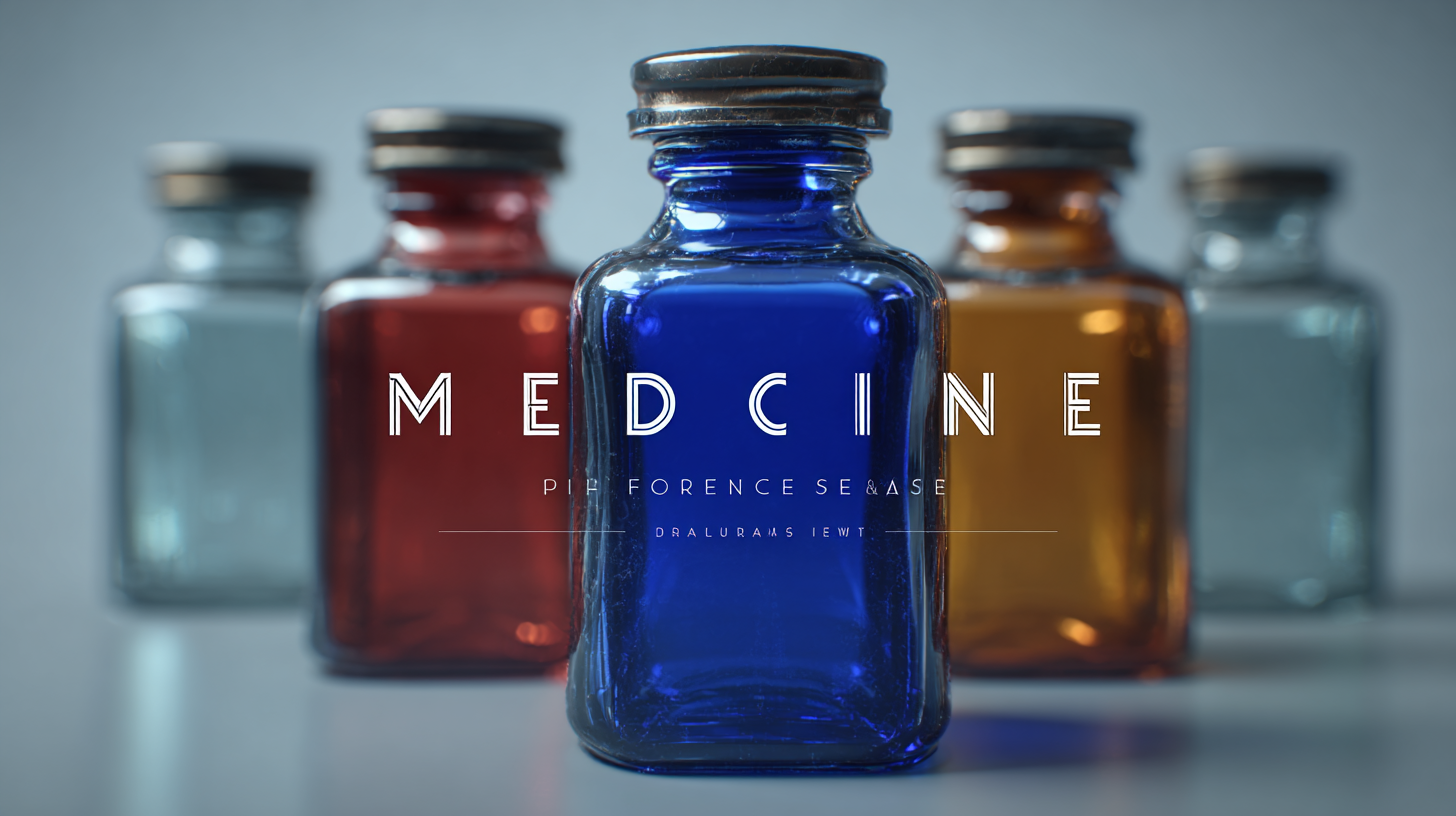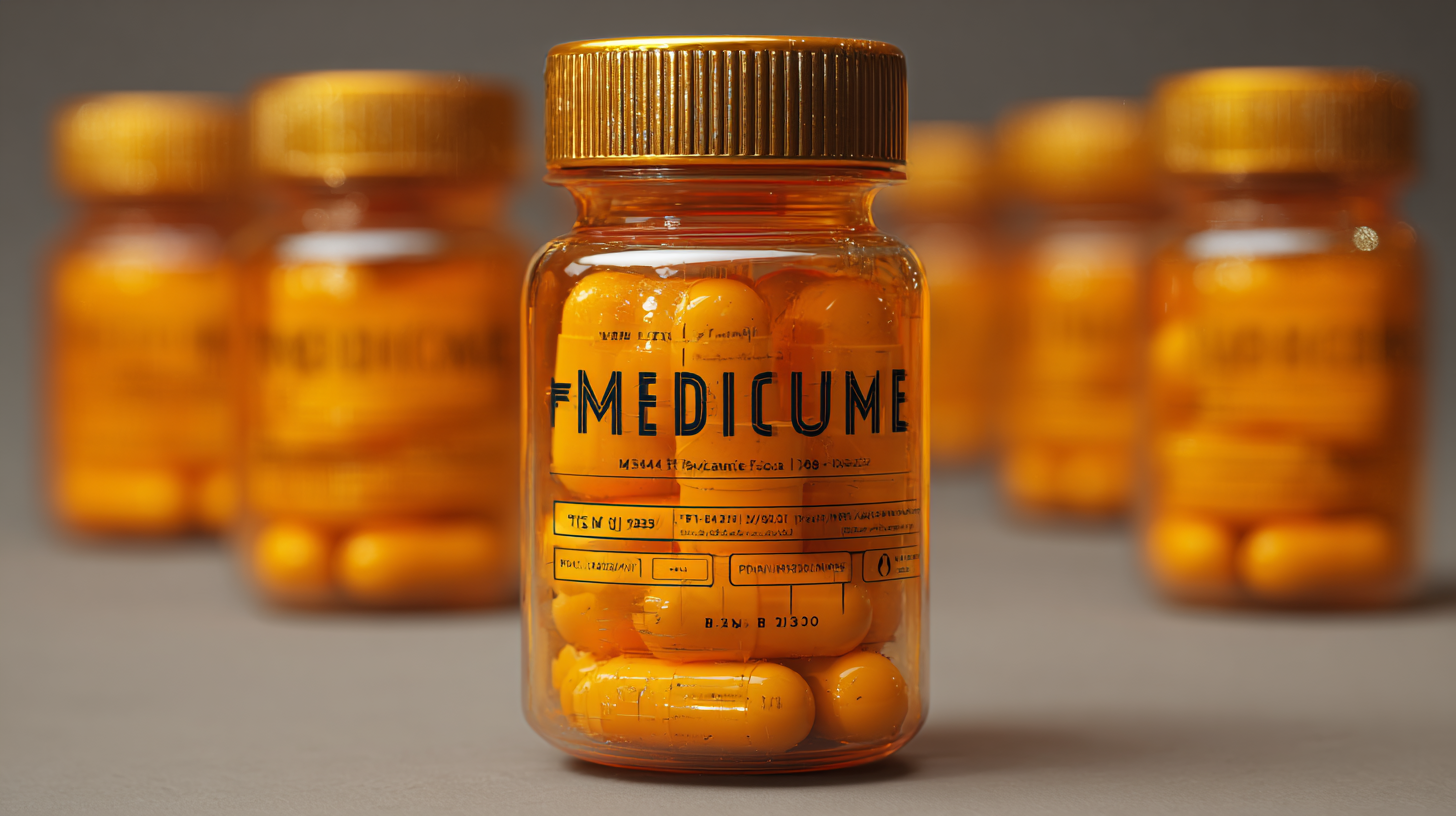 +86-18998410690
+86-18998410690
Leave Your Message
-
 CONTACT NUMBER
CONTACT NUMBER -
 CONTACT NUMBER
CONTACT NUMBER -
 CONTACT NUMBER
CONTACT NUMBER



In the rapidly evolving global market for Medicine Containers, expected to reach a valuation of USD 7.8 billion by 2025, China's role as a leading manufacturer is becoming increasingly prominent. According to a report by Future Market Insights, the demand for high-quality, innovative packaging solutions is driven by the growing pharmaceutical industry and rising healthcare needs across the globe. With a compound annual growth rate (CAGR) of 6.5%, the sector is witnessing a shift towards sustainable and efficient Medicine Containers that cater to both local and international standards. As Chinese manufacturers embrace quality and innovation, they are not only enhancing their domestic market but also paving their way towards international expansion. In this context, the phrase "从中国走向世界,品质赢得全球市场" encapsulates the essence of striving for excellence, highlighting the importance of superior quality in winning the global market for Medicine Containers.

As we look towards 2025 and beyond, the landscape of medicine container technology is poised for significant advancements. Emerging trends indicate a shift towards smart containers equipped with IoT capabilities, enhancing patient safety through real-time monitoring of medication adherence. According to a recent report, the global smart medication adherence market is projected to grow exponentially, reaching nearly $1.9 billion by 2025. This growth is driven by the increasing demand for personalized healthcare solutions and the need for efficient management of chronic diseases.
Artificial Intelligence (AI) is also set to play a transformative role in medicine container technology. Innovations in AI will facilitate the creation of intelligent containers that can provide reminders, track usage patterns, and alert healthcare providers when interventions are needed. Industry experts predict that by 2025, more than 50% of healthcare facilities will integrate AI technologies into their operations, which will include advancements in medicine container design and functionality. Furthermore, with the FDA’s evolving regulatory framework, we can expect a rise in the adoption of digitally integrated medicine containers that comply with compliance and safety standards, optimizing the patient experience while enhancing data collection for clinical trials.
The pharmaceutical packaging industry is currently grappling with significant challenges that impact the effectiveness of medicine container solutions. As health concerns like contamination become increasingly prevalent, understanding the limitations of existing containers has never been more urgent. Recent warnings from health authorities about contaminated eye drops underscore the critical need for reliable and safe packaging. Contamination can happen at multiple stages, from manufacturing to transport; therefore, enhancing the integrity of medicine containers is paramount in safeguarding public health.

Additionally, the rise of smart technology presents both an opportunity and a challenge. While the integration of smart features, such as QR codes, can enhance patient engagement and track medication use, many current containers lack the infrastructure to support these advancements. The transition to smarter, more interactive containers necessitates investment in technology and perhaps a paradigm shift in how manufacturers approach packaging design. As the industry moves toward more innovative solutions, addressing these challenges will be vital in reshaping the medicine container landscape for 2025 and beyond.
The rapidly evolving landscape of medicine container packaging is shaping up to be a pivotal aspect of the healthcare industry by 2025 and beyond. With the projected market size for bulk container packaging expected to reach approximately $3.635 billion in 2025 and increase to around $6.778 billion by 2033, the compound annual growth rate (CAGR) of 8.1% underscores the rising demand for innovative solutions in this sector. Factors such as increased healthcare needs and advancements in packaging technology are driving this growth, as companies seek sustainable and efficient options to meet market demands.
Japan's packaging market is also showing promising signs of growth. The estimated value of the Japanese bagged market is projected to hit $22.213 billion by 2024, with a CAGR of around 6.48% anticipated between 2025 and 2035. Concurrently, the medicinal glass packaging sector is set to grow at an even more impressive rate, with an estimated CAGR of 10.1% from 2025 to 2034, propelled by the global surge in pharmaceutical demand. As the market increasingly focuses on sustainability, innovative materials and packaging designs are likely to emerge, thereby enhancing the overall efficiency and effectiveness of medicine delivery systems in the years to come.
As we approach 2025, the regulatory landscape surrounding medicine containers is evolving rapidly, reflecting a growing emphasis on sustainability and patient safety. Regulatory bodies are increasingly mandating that pharmaceutical packaging not only safeguard the integrity of medicines but also minimize environmental impact. This shift is prompting manufacturers to explore innovative materials that are biodegradable or recyclable, which aligns with global sustainability goals.
Moreover, these regulations are leading to a rethinking of design parameters for medicine containers. Designers are now challenged to create packaging that is user-friendly while also fulfilling stringent safety requirements. Features such as child-resistant caps and tamper-evident seals must coexist with eco-friendly materials, pushing companies to innovate. The integration of smart technology—such as QR codes for tracking and information sharing—will further enhance compliance with regulatory standards while improving patient engagement and education about safe medicine usage. The future of medicine containers lies at the intersection of regulation, design, and sustainability, promising a healthier planet and safer products for consumers.

As we look towards 2025 and beyond, consumer preferences are playing a pivotal role in shaping the medicine container market. With a heightened awareness of health and wellness, consumers are increasingly seeking medicine containers that not only ensure safety and efficacy but also address convenience and sustainability. Modern consumers prioritize smart packaging solutions that offer features such as child locks, dose reminders, and eco-friendly materials. These innovative considerations reflect a broader trend towards personalized healthcare experiences, where users desire a direct link between product design and their individual lifestyle needs.
In addition to functionality, aesthetic appeal is becoming increasingly significant in consumer decision-making. Sleek, modern designs that can seamlessly fit into contemporary living spaces are in demand. Consequently, manufacturers are compelled to adapt their strategies, focusing on both the practicality and the visual impact of medicine containers. This dual demand highlights an emerging market where technology and design converge, fostering a new era in pharmaceutical packaging that resonates with informed and discerning consumers. Thus, the future of medicine containers will undoubtedly be dictated by the evolving expectations of the customers who prioritize both usability and style in their healthcare choices.
| Container Type | Sustainability Preference (%) | User-Friendly Design Preference (%) | Smart Technology Integration (%) | Cost Effectiveness (%) |
|---|---|---|---|---|
| Plastic Bottles | 65 | 70 | 30 | 80 |
| Glass Containers | 75 | 65 | 25 | 70 |
| Metal Containers | 60 | 50 | 40 | 65 |
| Biodegradable Containers | 85 | 80 | 55 | 60 |
| Smart Containers | 70 | 75 | 85 | 55 |
